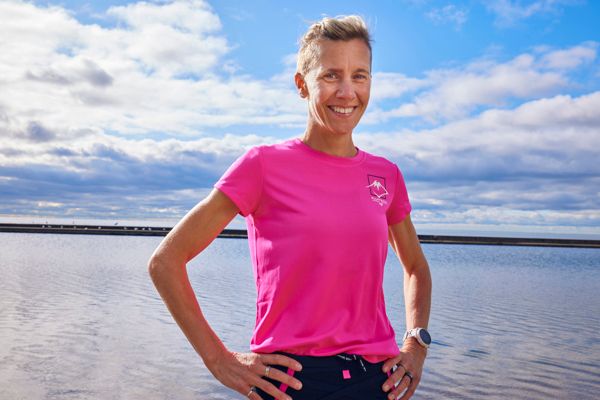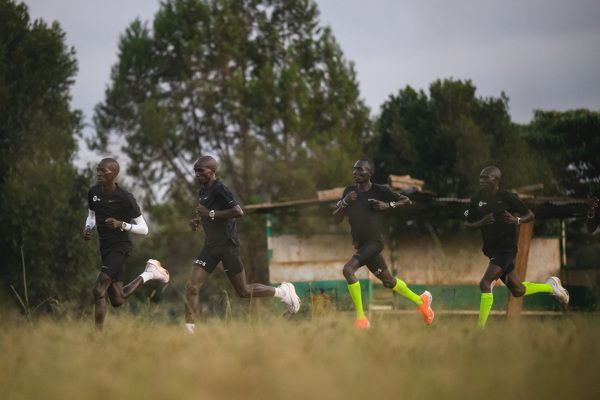Being your own coach
Despite all the gloom of the Covid-19 pandemic, there have been significant positive things to come out of this crisis. We’ve been forced to think about what really matters and focus on what is important. One of those positives is an increase in physical activity, especially running, as a recent study by ASICS discovered.
If you’ve recently taken up running, a question you’ll quickly face is, how do I plan and organise my training? The easy way to answer this is to find and follow an off-the-shelf training plan, from a running magazine, website or similar. You just do what the plan says and don’t have to think too much – what could be simpler?
This is one way to start, but the problem with this approach is that every runner is different, and a one-size-fits-all training plan may not be suitable for you. A better way, I think, is to learn the key principles of training so that you can create your own plan. In other words, to be your own coach. Let’s look at five of those principles.
The cycle of adaptation
The function of training is to provide a stimulus to your body to adapt in various ways. You train, then adapt, train, adapt, train, adapt, and so on, repeatedly, over time. This cycle, if done properly, makes you run faster over time. By ‘properly’ I mean training of the appropriate quality and quantity for you; and adaptation which is helped along by good rest and nutrition. If you are improving over time, then your cycle of adaptation must be working well, and it’s best to keep doing what you are doing. If your running is flat-lining or even getting worse, then your cycle of adaptation is not quite right and may need changing. A key point here, which often gets overlooked, is that the time you spend NOT training is as important as your training.
How often to run?
Keeping in mind point 1 above, if you are new to running, then two, progressing to three times per week is a good place to start. This allows for rest and adaptation between runs. From there, one way to build further is to increase to four or more runs per week. But increasing frequency of runs means not only are you doing more runs, but the gap between runs becomes much shorter (e.g. 48 hours rest dropping to 24 hours). It’s a double whammy in terms of increasing the load. So after each increase in the frequency of your runs, stick with it for a few weeks and monitor closely how you react.
Intensity and volume
In addition to frequency, these are two other ways of progressing your overall training load, when you’re ready. Intensity means faster running such as tempo, hills or intervals. And volume means more time or distance covered. Increasing one of these at a time, rather than two or three, is a safer way to step up your training. Add extra load in small amounts and see how you feel, before progressing further.
Non-running elements
It’s tempting to think only about running when writing yourself a training plan. But non-running things like nutrition, quality of your sleep, and some kind of strength training will support (or hinder) your running and adaptation to it. So give yourself a ‘self-audit’ on these things and ask yourself if you could improve any of them. This is especially important if you are running regularly but don’t seem to be improving.
Goals
Some kind of goal, not too far away, gives a training plan direction and focus, and helps you to decide what kind of training to do. With few races able to go ahead at the moment, a time trial over, for example 5km, is a good alternative. A goal could be about your training, as opposed to a ‘race’ or other outcome. For example, running four times per week consistently by the end of August; or running a total of 30km per week for three consecutive weeks.
I hope these five tips will provide a useful ‘toolkit’ for you to become your own coach. Have a go at creating your own training plan and see how you get on. You are the best judge of what works for you. So write your own plan, give it a try, and adjust accordingly as you progress. Go on, Coach, you can do it!
Mara Yamauchi for World Athletics











